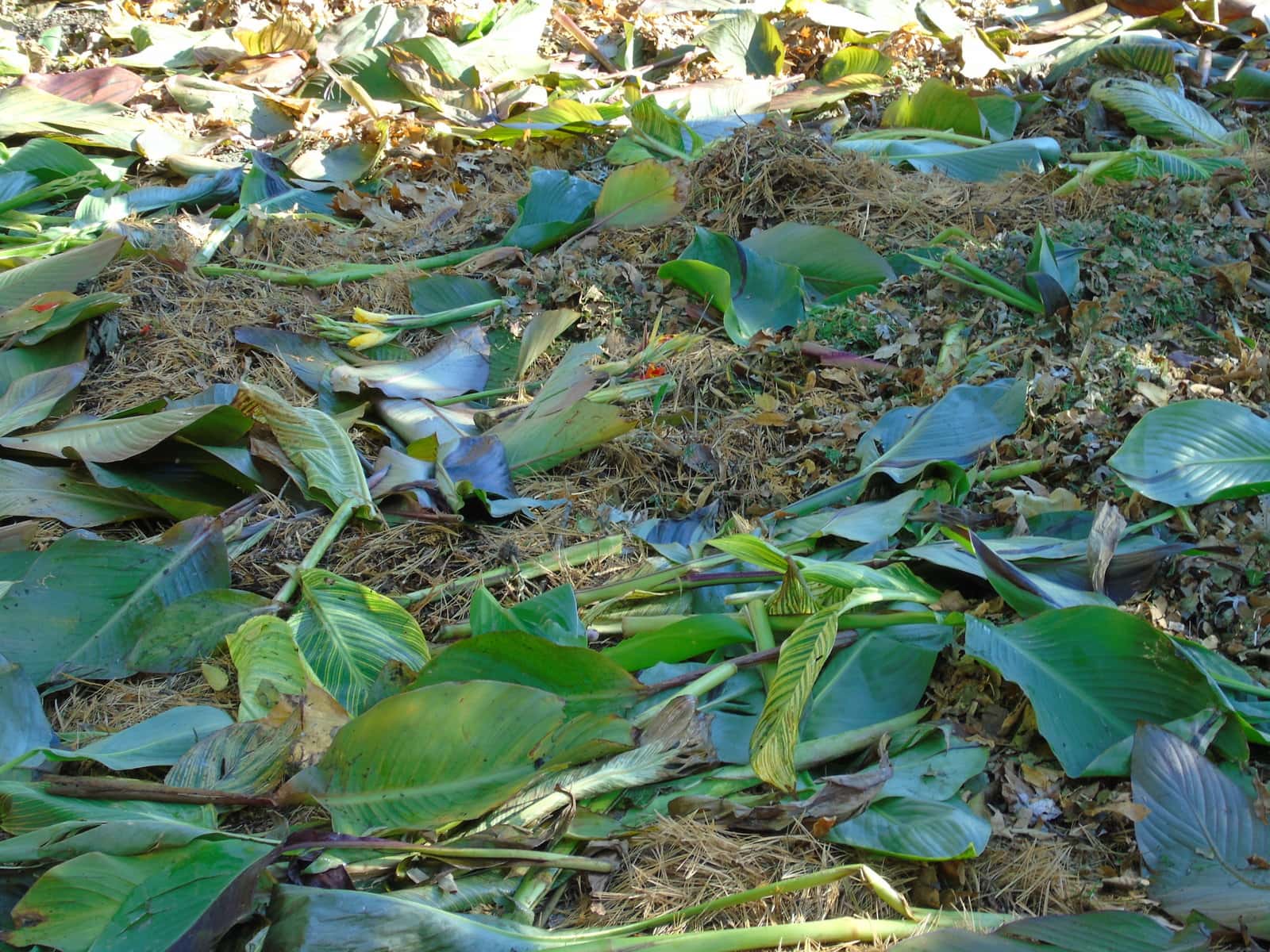Sometimes I think that we create more work for ourselves than we need to.
I don’t know about you, but I can’t remember the last time I said to myself, “Wow, I wish I had more work on my plate.”
You might be familiar with the trend several years ago called double-digging where you dig down a spade’s depth into the soil and set it aside and then you dig down another spade’s depth and turn it over as well.
Not only is turning over your soil in the spring enough back-breaking work — let’s go twice as deep. What were they thinking?
So, what if I said you don’t need to be turning over or tilling the soil in your vegetable and flower gardens every year? Sound too good to be true? Welcome to the world of no-till gardening.
The idea of no-till is certainly not a new one — at least not in agricultural circles — but it is a relatively new idea for most gardeners. I grew up on a farm west of Stratford and it was a practice that was really catching on about 30 years ago.
If you were driving through that area in fall, you would see that the dead grain and corn stalk stubble is left in the soil and not ploughed under as has traditionally been done. In spring, again the fields are not worked up, but the seeders cut into the soil, planting as they go along, with very little soil disturbance.
As gardeners, we also care about soil. We know that healthy soil is essential to growing healthy plants and vegetables. So, what does the term no-till gardening mean?
Do not disturb: With no-till gardening, once a vegetable or flower bed is established, the surface is never disturbed.
While you can garden successfully by tilling and regularly turning over the soil, the time and effort you must put into it is intensive. The idea of not working up the soil seems contrary to the way we have done things in the past, but the benefits of no-till speak for themselves.
Constant tilling of the soil can do more harm than good in that it is destroying the actual soil structure itself. A complex, symbiotic relationship exists between the soil surface and the underlying micro-organisms that contributes to a natural, healthy soil structure.
Constant digging into the bed will interfere with this process and disturb the natural growing environment.
Although we think that turning over the soil is aerating it, we actually are breaking down the structure of the dirt, causing compaction and erosion.
We also think that tilling up the soil will keep weeds at bay. In reality, it is bringing the dormant weed seeds to the surface where there are favourable conditions for them to germinate.
Did you know that crabgrass seed can lay dormant in the soil for 25 years and then if brought to the surface will still geminate?
So I can hear you asking, “Won’t my plants deplete all the nutrients in the soil?”
Here is the key to no-till gardening:
Mulch with organic matter: You do not need to be working the compost in to the soil – the earthworms do all the work for you. Since they are taking up real estate they might as well be earning their keep.
The easiest time to be adding organic matter is in the fall because you will have a lot of the material available right in your own yard. As you are cleaning up the dried leaves and cutting back perennials etc., you can be adding them on top of your vegetable gardens.
Layer your materials: To get a balanced source of nutrients, it is best to do layers of green material with layers of brown material (sometimes referred to as lasagna gardening).
Green material — grass clippings, vegetable waste, and annual and perennials plants — will add nitrogen to your soil. Make sure you shred the leaves or any larger material before laying it on top of the soil.
Dried or brown material such as dried tree leaves, straw, coffee grounds and even shredded paper will be a source of phosphorus in the soil. As with any good diet, too much of any one thing can be bad, so keep things balanced.
Use compost: If you want to start no-till gardening this spring, purchase some well-rotted compost in bulk or in bags, depending on how much is needed.
Do it annually: By topping up the soil yearly with organic matter you are feeding your soil and providing nutrients for your plants. At the same time, you will not have to water your plants as often because the compost will help retain moisture.
The decaying compost is also adding a courser texture to your soil, helping to break down heavy clay-based soil.
So less physical labour, healthier soil and plants, less time watering, fewer chemical-based fertilizers. You don’t have to be the sharpest tool in the shed to see the benefits of no-till gardening
Joanne Young is a Niagara-on-the-Lake garden expert and coach. See her website at joanneyoung.ca.











